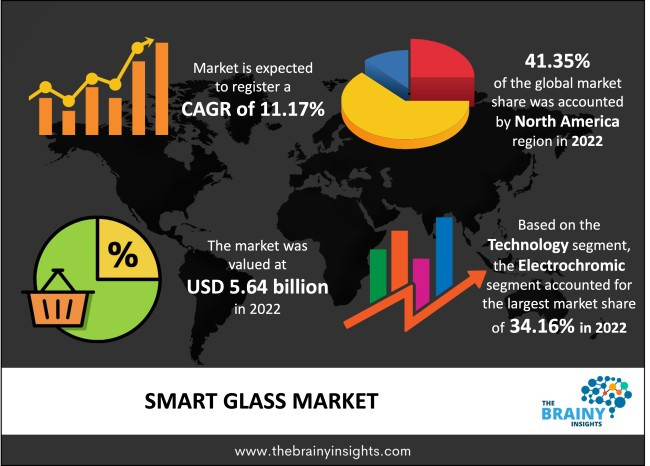The global biopharmaceutical industry demonstrated resilience in the second quarter (Q2) of 2024, with the top 20 companies reporting a collective market capitalisation growth of 4.3 per cent, from USD 3.8 trillion at the end of March to USD 4 trillion by June 30, 2024, according to data from GlobalData, a leading analytics and research firm.
The sector’s robust performance was buoyed by improved global markets and investor optimism fueled by the anticipation of a potential interest rate cut from the US Federal Reserve.
Leading the Charge: Growth Drivers
Lilly led the industry with a remarkable 16.3 per cent increase in market capitalisation, driven by strong demand for its type 2 diabetes drug Mounjaro, weight loss drug Zepbound, and breast cancer drug Verzenio. The company's momentum was further bolstered by the FDA approval of Kisunla, a treatment for Alzheimer’s disease, positioning Lilly as a dominant force in metabolic, oncological, and neurological disorders.
Novo Nordisk: Dominating the GLP-1 Market
Novo Nordisk followed suit with a 10.8 per cent increase in market capitalisation, thanks to the growing success of its GLP-1 drugs, Ozempic and Wegovy, for type 2 diabetes and weight loss. The approval of Wegovy in China, the world’s second-largest economy, further strengthens Novo Nordisk’s potential to lead the weight loss market in Asia.
AstraZeneca's Strategic Moves
AstraZeneca also saw a significant boost, with a 15.5 per cent rise in market capitalisation, driven by the demand for its blockbuster oncology drugs, Tagrisso and Imfinzi. The company’s acquisition of Fusion Pharmaceuticals in June 2024, aimed at advancing next-generation radioconjugates, marks a strategic move in transforming cancer therapies.
Other Notable Performers
Other notable performers included Vertex, which achieved a 12 per cent increase in market capitalisation, bolstered by the ongoing demand for its cystic fibrosis therapies and the acquisition of Alpine Immune Sciences. Moderna reported an 11.5 per cent growth, attributed to the FDA approval of its mRNA respiratory syncytial virus (RSV) vaccine, mRESVIA, in May 2024.
Navigating Challenges: Companies Facing Headwinds
However, not all companies experienced growth. Bristol-Myers Squibb saw a 23.2 per cent drop in market capitalisation, despite increased sales of its blood thinner Eliquis and oncology drug Opdivo. In response to challenges from patent expirations and new pricing regulations, the company plans cost reductions of $1.5 billion by 2025, reallocating resources toward key drug brands and R&D initiatives.
GSK: Resilience Amidst Litigation
GSK’s market capitalisation fell by 10.5 per cent following legal challenges related to its heartburn drug Zantac, though the company managed to resolve a lawsuit in August 2024 with the jury ruling in its favour. Nonetheless, GSK’s sales in specialty medicines for HIV and oncology doubled to $400 million in Q2 2024.
A Look Ahead: Industry Outlook
Ophelia Chan, Senior Analyst at GlobalData, noted, “The top biopharmaceutical companies remain resilient amidst macroeconomic pressures, drug price restructuring, and impending patent expirations. These industry leaders continue to advance their R&D programs, with several approvals anticipated in the near future.” The biopharmaceutical industry remains poised for growth, with companies focusing on innovation, expansion into high-demand therapeutic areas, and strategic acquisitions to secure future success.
The Future of Biopharma: A Focus on Innovation and Expansion
The anticipated interest rate cuts by the US Federal Reserve could provide additional momentum, easing financing conditions and encouraging further investment in innovation and expansion. As patent expirations loom, these industry leaders are intensifying their focus on launching new drugs and pursuing mergers and acquisitions to offset potential revenue losses. Additionally, many are strategically entering the rapidly expanding GLP-1 market, positioning themselves for significant growth in this high-demand therapeutic area. The biopharmaceutical industry is undergoing a period of transformation, with companies adapting to evolving market dynamics and embracing new opportunities. The future holds great promise for innovation and advancement in this critical sector.

















